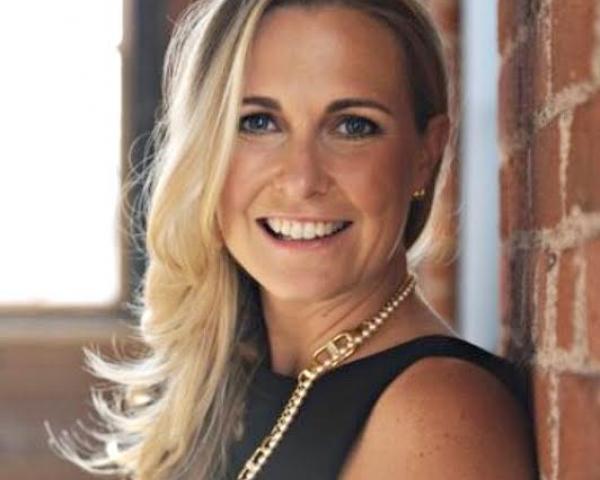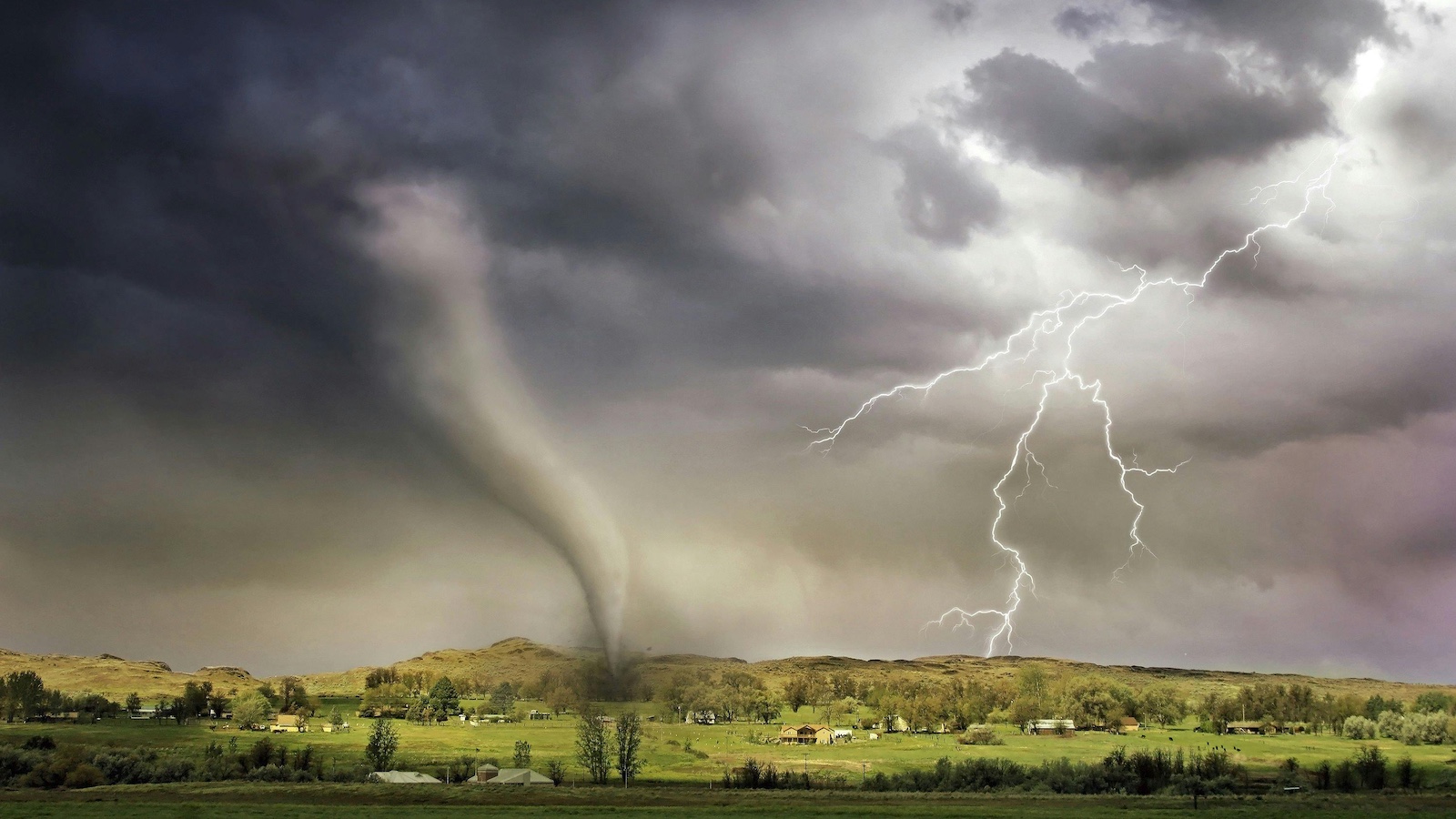To help brokers better understand the current risks in specialty insurance and assist their clients, our team at
Aon Programs, which serves independent insurance brokers across the U.S. with access to a portfolio of hundreds of specialized insurance programs, identified the top five areas of risk to watch out for.
**********
Flood Risk: Apathy
Too many property owners today are blissfully ignorant to the flood risk they face. Even after the 2017 season, which saw Hurricanes Harvey, Irma and Marie cause billions of dollars of damage to the Southeastern seaboard, the public still struggles to see the value of flood insurance.
During a 30-year mortgage, a property owner is 27 times more likely to experience a
flood than a fire, yet only 20% of the damage caused by Harvey was insured by flood insurance. Conversely, 90% of damage caused by the 2017 wildfires in northern California was covered by fire insurance.
After a hurricane season, people tend to think, “It was bad, but we’ll get past this. It won’t happen again.” This is the root of the struggle people have with flood insurance. They get comfortable, and they don’t think ahead, especially while the sun is shining.
Take Florida. While the Sunshine State has a higher ratio of property owners carrying flood insurance than the rest of the nation, inland cities such as Orlando have lower ratios of insured property owners. Most of these homes are outside the 100-year flood plain, and homeowners aren’t required by their mortgage company to buy flood insurance.
FEMA is remapping flood zones in much of the country. For example, Broward County is a coastal area, yet thousands of properties have been moved from A to X-zone, which sends the message that homeowners don’t need flood insurance. Brokers will play a critical role in advising clients to retain coverage.
See also: Protecting Airports From Flood Risk
Fine Art Risk: Catastrophes
Coupled with the onslaught of wind and flood damage associated with hurricanes Harvey, Irma and Maria, the catastrophic Californian wildfires and mudslides in 2017 were truly alarming from both a personal and insurance industry perspective. In the past, there would be a lull between events, as was the case between Katrina in 2005 and Sandy in 2012. Now, weather-related severity and frequency dynamics are increasing as we face multiple, successive catastrophes in a single year.
Generally, when something gets wet or blown over it can be conserved. But, when it’s incinerated there’s no possibility of restoration, as was the case with the wildfires in California. Many homes, including those in luxurious neighborhoods, were burned to the ground, and the damage caused to art collections was devastating. For instance, one prominent private collector had his home completely burn to the ground. Nearly $10 million worth of artwork went up in smoke. For that particular family the loss was as emotional as much as it was physical – sadly, for the country, an important part of our collective cultural fabric was lost.
Meanwhile, we had another prominent collector with a waterfront home in Palm Beach that experienced hundreds of thousands of dollars of damage from Irma. Given the massive aggregation of wealth in that county, the insurance industry is fortunate that the hurricane tracked west.
Most individuals chose not to carry standalone flood insurance. Fortunately, specialty fine art insurance policies typically do not exclude the peril of flood, so it’s definitely in the financial interest of wealthy individuals with art collections to obtain this essential protection, particularly because homeowners’ policies exclude flood coverage.
Home Health Risk: Malpractice
With the aging of the baby boomer generation has come rapid growth in the home healthcare market. People today do not want to live in nursing homes. They prefer to remain in their residence, where they’re more comfortable living independently and costs are lower.
To meet this demand, home healthcare agencies provide skilled and unskilled services. In addition to nursing care, they provide non-medical custodial care with home health aides and companions who support activities of daily living including: cooking, cleaning and assistance driving patients to appointments. Unfortunately, with the high number of residents needing home healthcare, these agencies are having a hard time keeping up with the demand.
With the overburdening of home care agencies comes malpractice claims. Recently a home health aide took an elderly client shopping— and lost her in the mall. The woman was found the next day outside, having died from exposure to the elements. The result was a malpractice lawsuit that settled close to policy limits.
Common malpractice claims involve helping patients with the support of daily activities, like bathing. Lifting patients adds to the exposure. Brokers should be aware of their home health clients’ exposures, including professional liability and hired/non-owned auto to ensure they have the proper coverage in place.
Special Events Risk: Bodily Injury
Special events cover a wide variety of potential exposures, from a one-day fair at a local church to a week-long art festival at a university, to a musical concert that travels across the country for a year. The venues for each will require your client to provide a certificate of insurance showing general liability coverage.
One of the most common bodily claims we see arises from the use of golf carts. Organizers will use golf carts to run entertainers or staff members from spot to spot on the event grounds. Recently, we settled a claim that exceeded $500,000 at a large fairground where an employee who was headed to the parking lot offered an elderly woman a ride. He made a sharp turn, causing the woman to fall from the cart and suffer a head injury.
If someone were to walk into your office with a special event, you might be intimidated when looking at the venue contracts, especially if the event involves fireworks or liquor liability.
Nonprofit Risk: Cybercrime Notification
Cyber is a top concern for organizations in a multitude of industries, including nonprofits. It is imperative that nonprofits be aware of their own specific cyber situation, especially any geographic-specific legislation with which they need to comply. For example, a primary concern in Florida is the privacy data breach statute, known as the Florida Information Protection Act. The provisions of the law are not very well known in the insurance community, particularly when insuring community associations.
See also: Don’t Risk a Lot for a Little
Here are the primary provisions of the
statute:
- Any commercial or governmental entity that stores personal information is subject to the law
- The entity is responsible for taking reasonable measures to protect the data in its care, such as names, email addresses and Social Security numbers
- Persons affected by a breach must be notified within 30 days from the time it is discovered
- Violations are subject to a $1,000-a-day fine up to 30 days, and $50,000 fine for each subsequent 30-day period, not to exceed $500,000
Most cyber liability policies will provide some assistance complying with Florida’s notification requirements. The challenge is that there is no standardization within the industry. Many liability policies offer as little as a $25,000 or $50,000 cyber sublimit.
It is important for brokers to make sure their client is receiving coverage for first-party and third-party claims. The IHG D&O policy for community associations provides coverage up to the full limits of the policy for third-party liability claims and $100,000 for first-party expenses such as notification costs.
**********
Staying abreast of emerging risks in the specialty insurance marketplace can help brokers recommend the appropriate coverage to their clients, and minimize their chances of experiencing an errors and omissions claim.








